Imagine looking at the world through the bottom of a glass bottle, where everything appears stretched, blurry and out of focus. This is the reality for many people with astigmatism, a common eye condition that affects the clarity of vision. In today’s article, we’ll describe what astigmatism is, what causes it, symptoms related, how it is diagnosed, and the various methods available to correct it to regain crystal-clear vision.
Basic Anatomy of the Eye
To learn how astigmatism affects the eye, we first need to have a basic understanding of the complexity of our eyes. The human eye is an absolute marvel of nature, consisting of several key components that work together to capture and process light, allowing our brain to use that data to see the world around us.
The Cornea – Light first enters through the cornea, a clear front window-like group of cells that transmits and focuses light into the eye. This is the layer where LASIK, SMILE, and PRK vision correction procedures take place to correct refractive errors.
Aqueous Humor – Next, light passes through a layer of clear liquid called the aqueous humor. This layer nourishes the eye and keeps proper eye pressure in the eye.
Pupil and Iris – We’re combining the next layer as the pupil is an artifact of the iris. The iris is the colored part of the eye which helps regulate the amount of light that enters the eye. When the iris closes, it lets less light through the pupil. When there is less light entering the eye, the iris will open, allowing lighter to pass through the pupil.
Lens – Held in place by suspensory ligaments, the lens is the primary tool for focusing the light entering the eye onto the retina. The lens is transparent and can be replaced if necessary. When people have cataracts, it is because the lens has started to become cloudy, and surgery is needed to replace the aging lens with an artificial lens.
Vitreous Humor – Behind the lens sits the vitreous humor. Much like the aqueous humor, the vitreous humor is a clear substance that helps keep the pressure in the eye stable and provides nutrients throughout the eye. Unlike the aqueous humor, the vitreous humor is a thick, gel-like substance and it fills the central cavity of the eye.
Retina – The Retina is a layer of nerve cells lining the back of the eye. The retina senses light and creates electrical impulses that are sent through the optic nerve into the brain for image processing. Did you know that the retina captures images upside down and the brain processes them to be right-side up? This is how babies see until their brain adapts to the flipped image!
Optic Nerve – The optic nerve is a bundle of more than one MILLION fibers that carry the electrical impulses created by the retina into the brain.
Sclera – The Sclera is the white part of the outer eye. It has two main openings, one is the where the cornea and iris is, the other is where the optic nerve enters the brain.
While there are more parts to the eye than just these, such as the optic disc, fovea, and macula, these are the main parts we’ll be referencing in today’s article.
Understanding Astigmatism
What Is Astigmatism?
Astigmatism is an eye condition that results in irregularities in the shape of the cornea or the lens inside the eye. Unlike a perfectly spherically shaped eye, eyes with astigmatism have an eye that is slightly more football-shaped when looked at head on, causing light to focus unevenly on the retina. This leads to blurry and distorted, or stretched, vision. The direction of the astigmatism is described in degrees along an axis from 0 to 180 degrees.
Causes of Astigmatism
Astigmatism is caused by a combination of genetic and environmental factors, though the exact causes of why the eye becomes misshapen elude doctors. Often occurring alongside other vision issues like myopia and hyperopia, the primary culprits of astigmatism are irregularities in the shape for the cornea or the lens.
Types of Astigmatism
There are two main types of astigmatism:
- Corneal Astigmatism – A corneal astigmatism occurs when the cornea has a defect or distortion.
- Lenticular Astigmatism – Lenticular astigmatism occurs when the lens has a defect or distortion.
Signs and Symptoms of Astigmatism
Common symptoms of astigmatism include:
- Blurred Vision – One of the most common symptoms of astigmatism is blurred vision, affecting both near and far distances. This blurriness occurs because light rays don’t converge properly on the retina, leading to fuzzy, stretched images.
- Distorted or Ghosting Images – Astigmatism can cause images to appear distorted or stretched, even leading to the perception of double vision.
- Eye Strain and Discomfort – To compensate for the distorted vision caused by astigmatism, your eyes may work harder, leading to eye strain, headaches, and fatigue.
Diagnosis of Astigmatism
To learn if you have astigmatism, an eye doctor will preform a comprehensive eye exam. Various tests, including refraction tests and corneal mapping, help determine the degree and axis of your astigmatism.
Your doctor will provide you with a prescription following your comprehensive eye exams for corrective lenses. These lenses will help compensate for the irregularities in your eye’s shape. These lenses can be in the form of eyeglasses or contact lenses. Some eye doctors may recommend corrective surgery such as LASIK or an Implantable Collamer Lens (ICL).
Correcting Astigmatism
There are multiple ways to correct astigmatism:
- Eyeglasses – Eyeglasses with specially designed lenses can correct astigmatism. They redirect light rays onto the cornea, though the eye and onto the retina, providing clear vision. Modern eyeglasses come in a wide range of styles, allowing you to make a fashion statement while also improving your vision.
- Contact Lenses – If you prefer not wearing eyeglasses, contact lenses can be designed specifically to correct astigmatism. These specialty contact lenses are called toric contact lenses and use a weight to keep the contact aligned properly with your specific needs. While toric contact lenses can provide excellent vision correction, proper care and hygiene are absolutely crucial when using them.
- Surgical Options – The permanent solution, surgery, can free you from the hygienic issues of contact lenses and the lack of comfort eyeglasses can provide. Surgical procedures like LASIK, PRK, or ICL redirect light to focus correctly on the retina. While they do come with their own set of considerations and potential risks, they also result in better vision and require a thorough discussion with an ophthalmologist.
Living with Astigmatism
As always, taking regular breaks when working on screens, attending routine annual eye check-ups, and following your eye doctor’s professional advice are crucial to maintaining happy, healthy eyes. Astigmatism may introduce some blurriness into your life, but with today’s modern medicine, there are many ways you can regain sharp, clear vision. Understanding the symptoms, diagnosis, and corrective options for astigmatism empowers you to make informed choices about your eye health. Curious about learning more? Schedule your routine eye exam today!




